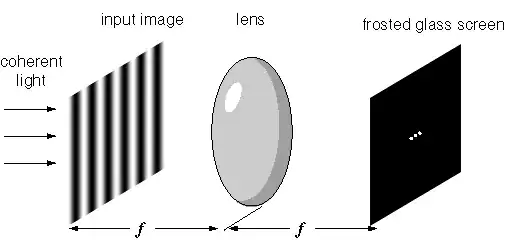This is the editted 'short' version of the question :)
Interpretation is very important in physics, but physics is governed by equations. With bare equations, physics would be just mathematics. Physics relies on the experiments, and the underlying theory and consistent experimental agreement verifies the theory. A physical phenomenom is bound to be explained by known laws of physics or not at all or not yet.
There are many kinds of interpretations, for example regarding particle/wave nature of electrons, the measurement problem and virtual particles. Interpretations evolve over time as understanding grows. With 'valid interpretations' in caption, I mean such interpretations which are scientifically sound and contain a minimum amount of postulates required. The decoherence explanation of the 'measurement problem' required no additional postulates, and thus was reduced.
What confuses me, is that admittedly, the early interpretations of quantum mechanics puzzled the people in Copenhagen, but how come they still puzzle in university classes. For example, 'collapse of the wave function' does no longer need additional postulates of wave function collapse as it did before, but it can be explained with decoherence arising directly from including the environment to Schrödniger equation. We find that lack of knowledge led to these seemingly hard to understand interpretations, but when clarified, they reduced back to the QM mathematics world.
Weird things are being said, like 'Electron is a particle when measured', 'Electron has both particle and wave nature' and 'Electron is a wave until it collapses to a particle in the measurement device' or 'Waves are not objects. Only particles are physical objects'. A well educated interpreter knows, that the whole apparent paradox of the particle-wave duality just arises, when classical terms are being assigned to things in the QM mathematics world. Thus, almost if increased understanding of interpretation quantum mechanics has suddenly diverted interpretation ball back to QM mathematics world for explanation.
Thus, I feel that given any experiment, it is always possible to formulate the appropriate equations, transition matrix element etc., to describe this experiment and the interpretation is needed i) to give names to terms being used in equations. ii) To discuss effects happening in these equations. Thus, I feel that all sound quantum mechanical interpretations can be reduced so that i) equations describe the process fully ii) absolute minimal interpretation is required (such as naming things, and definitions so that people can discuss about reality).
Now the question is: Do you feel that same way about interpretation of quantum mechanics, or what counter arguments you can come up against my argumentation? As a bonus, I would be interested in links to sound scienficic research into interpretations of quantum mechanics (this would be qualitative research, philosophy of science etc.? ).
Here is some more text about 'interpretation of virtual particles':
I believe that some of you may agree with me so far, but I will now push harder. What about virtual particles? They are called virtual in the interpretation world. To distinguish them from 'real' particles? Here is a direct quote from wikipedia "They appear to be able to violate basic laws of physics. Regular particles of course never do so." If something appears to be violating basic laws of physics, perhaps it's interpretation in which it 'appears' is completely wrong. Instead of relectrons and velectrons, let's go back to the equations. I will not do QED for simplicity, but just our 1D electron with a external field.Here is a Feynman-like diagrams, describing how a free electron would move in a potential:
===>=== = --->--- + --->---*--->--- + --->---*--->---*--->--- ...
| | |
V(t1) V(t1) V(t2)
Now, there are lots of electrons being created and annihilated within these diagrams, that are by definition virtual. Now let's assert that virtual and real particles are indistinguisable (i.e. there are no virtual particles). What are the implications? There just aren't any. And you know what happends to statements without implications in science? Only thing which distinguishes virtual and real particles, are that virtual particles are inside a diagram by definition (describing the mathematical propagator object). This is always in a context of a particular set of diagram, and that is just a definition. Thus, a closer look into interpretation once again reduced to trivial arguments about the equations. And what about the apparent violation of laws of physics by virtual particles but not real. Let's consider photon here for a while, since the law in the Wikipedia text might refer to that light speed in vacuum is c, and matter and information cannot travel faster than c. Firstly, light speed is in vacuum c, as predicted by QED, when those superluminal propagators are plugged in. Secondly, the reason why we won't observe 'off mass shell' virtual particles is that our measuring devices are incapable of to do so (see Scharnhorst effect where light speed is predicted >c). QED is historically mostly used to describe particle collisions with well defined momenta states, and this has created the terminology. A measurement is always an entanglement of the measuring device to the quantum system. It is increasingly hard to couple it in such spatial and temporal scales with the system do display off shell effects. In conclusions, there are no 'magic' interpretations needed even for virtual particles, but they are just propagators of QM equations. Experiments can be well understood keeping all the particles as real as it gets.
